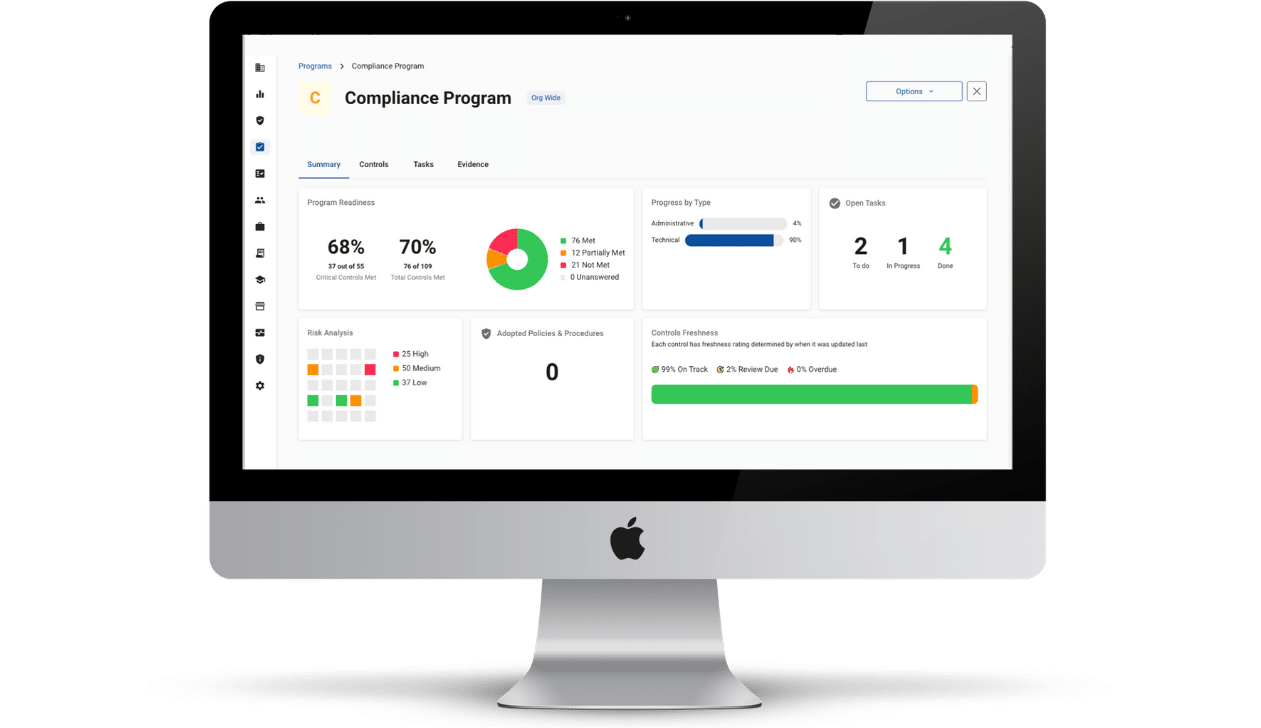
The Occupational Safety and Health Administration (OSHA) plays an integral role in ensuring workers’ safety and well-being across many industries. The OSHA Small Business Handbook is an invaluable resource, which provides comprehensive guidelines to small businesses on how they can meet OSHA’s standards and maintain workplaces.
This handbook does not merely provide a list of do’s and don’ts, but also offers practical solutions to many common workplace hazards. It provides clear instructions on how employers can develop an effective safety program that caters to their specific needs while meeting OSHA regulations.
General OSHA Handbook vs. OSHA Handbook for Dental Offices
While the General OSHA Small Business Handbook serves as a guide for all small businesses, it becomes even more critical when considering niche sectors such as dental offices. Dental offices pose unique challenges due to the nature of their work, making it essential for them to have specially tailored guidance. In response, OSHA has created the dental office handbook that outlines specific protocols these establishments must follow to ensure worker safety and health.
In essence, both handbooks share similar objectives:
- Compliance with OSHA Standards
- Prevention of Workplace Injuries & Illnesses
- Educating Employees About Potential Risks
- Creating a Culture Dedicated to Safety
However, their approach toward achieving these goals varies significantly because of their targeted audience. While the OSHA handbook for small businesses addresses broad issues applicable to most business environments, like safety or hazardous materials handling, the OSHA handbook for dental offices dives into the specifics related to dentistry, like mercury exposure control or sterilization techniques.
For instance, one standard-issue covered in the OSHA small business handbook pertains to electrical safety.
This includes:
- Maintaining Proper Wiring Methods
- Grounding Procedures
- Equipment Protection Measures (etc.)
These are universally irrespective of industry type. Meanwhile, in the OSHA dental office handbook, there is an emphasis on controlling occupational exposures to bloodborne pathogens – highly relevant given the nature of dental work but less so for other small businesses.
Beyond the Differences of These OSHA Handbooks
Despite the differences between the OSHA handbook for small businesses and the OSHA handbook for dental offices, what remains consistent between both handbooks is their focus on proactive management commitment toward workplace safety rather than reactive approaches post-incident occurrence.
They stress adopting preventative measures such as:
- Regular Risk Assessments
- Employee Training Programs
- Personal Protective Equipment
- Hazard Control Plans
These are very critical, so practices do not have to wait until an incident happens to take action. This perspective emphasizes why having industry-specific handbooks alongside general ones becomes advantageous – they allow practices like dental offices to understand how they can effectively apply general principles outlined by OSHA within their specialized context.
The Importance of Both OSHA Handbooks
It’s important when considering both handbooks together not just from a regulatory standpoint, but also from a human resources perspective as well. Ensuring a safe working environment isn’t simply about avoiding fines or penalties; its about respecting your workforce’s rights and protecting their well-being. A commitment to implementing sound safety practices signifies care for employee welfare beyond mere legal obligations – this sentiment resonates positively within any organization fostering loyalty amongst staff members further enhancing productivity levels.
Thus understanding these nuanced yet interrelated aspects present in both the general OSHA small business handbook and the OSHA dental office handbook provides valuable insights into optimal ways small businesses can operate safely while adhering to necessary regulations. Whether it be through promoting awareness on universal hazards, or providing tips specifically catered towards certain professions such as dentistry – ultimately they serve as indispensable tools enabling businesses in creating safer environments for all who walk through their doors.










